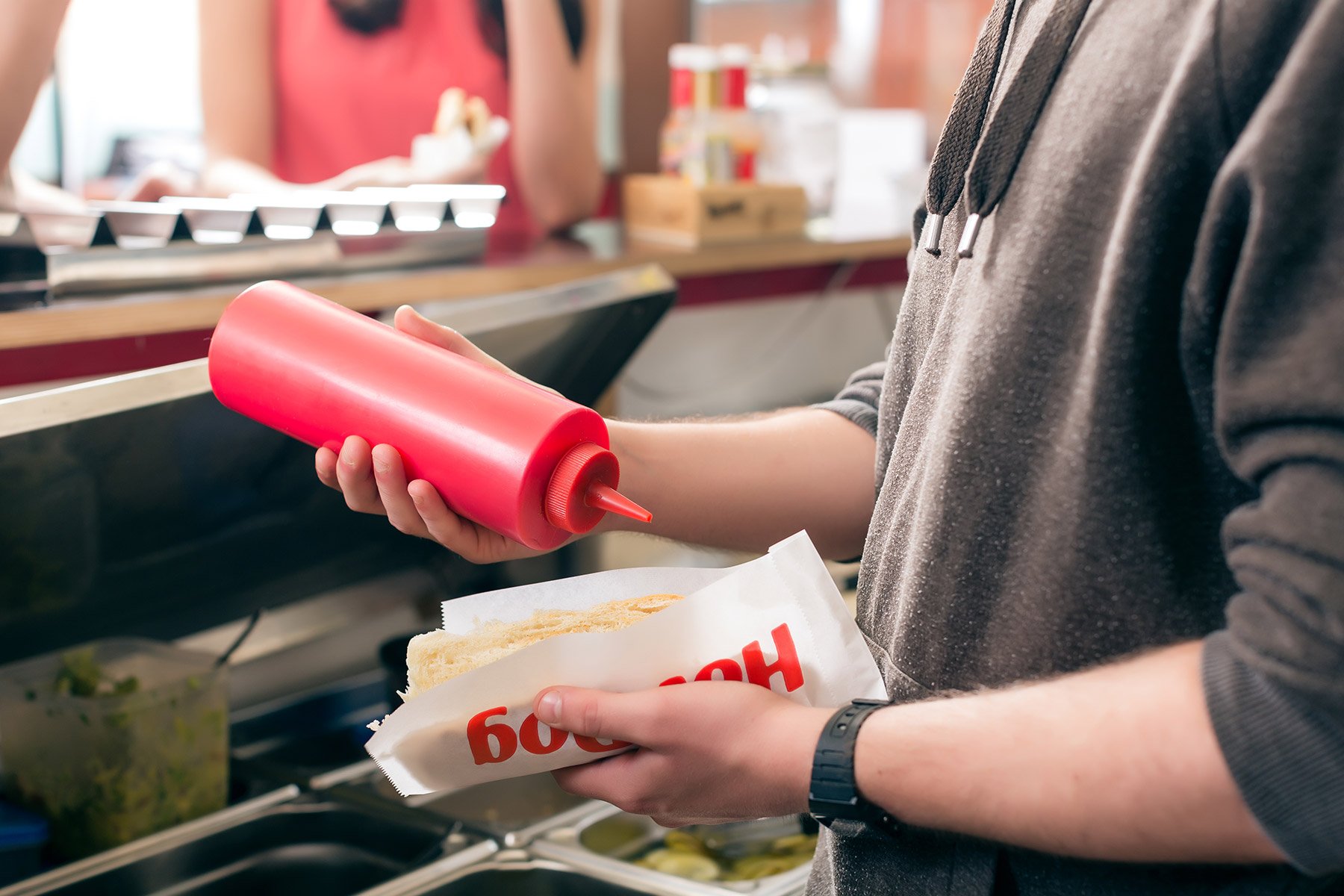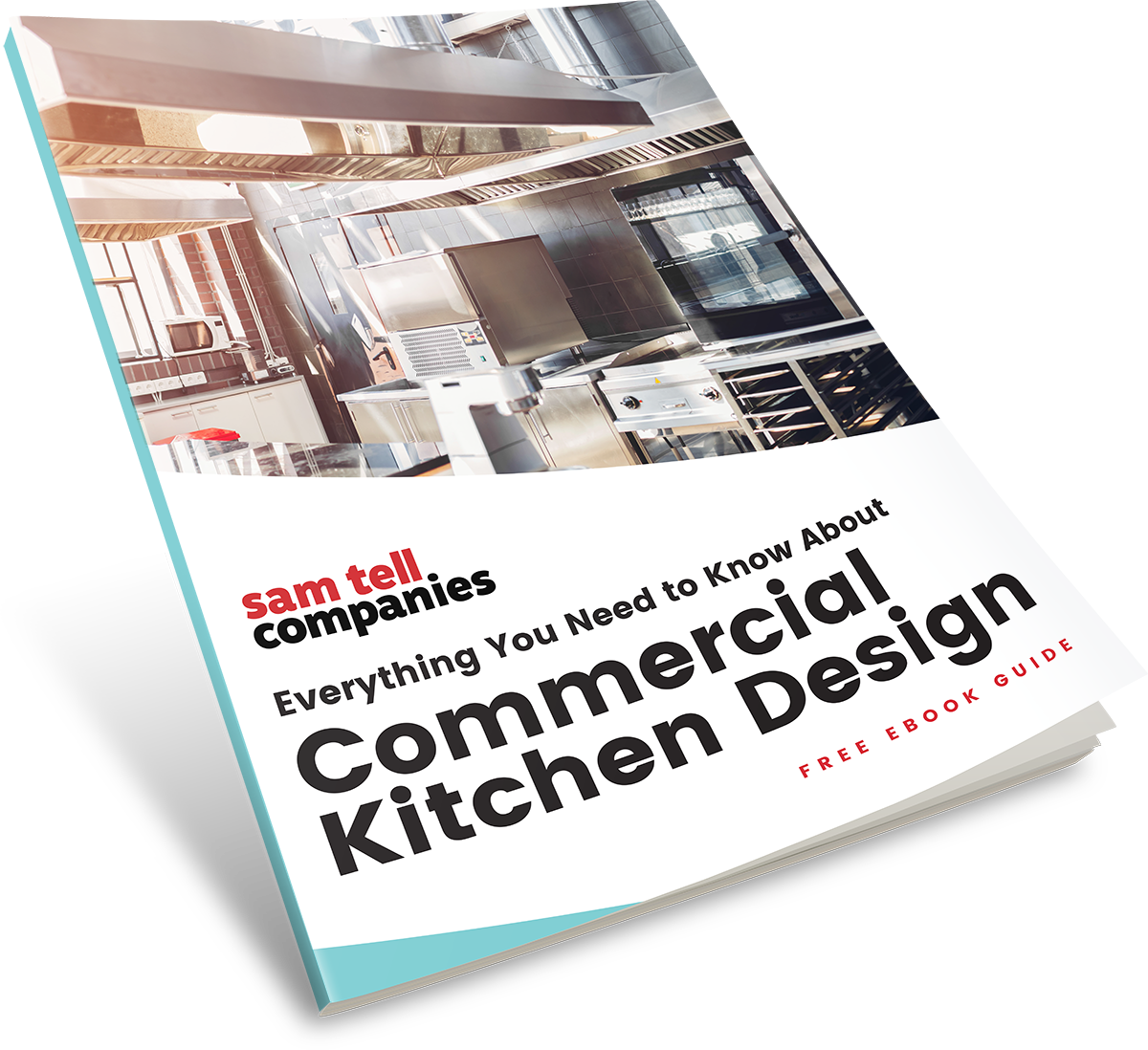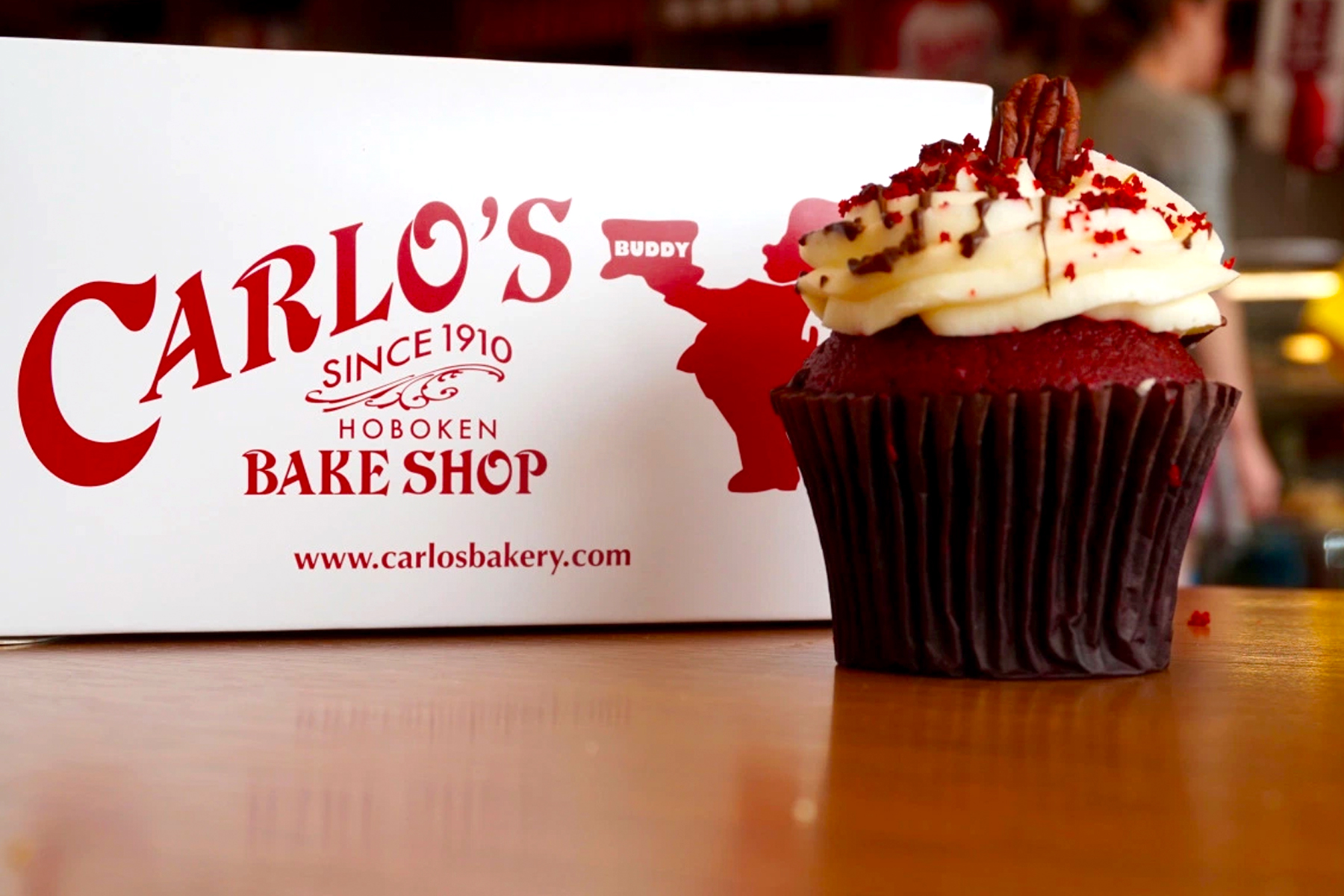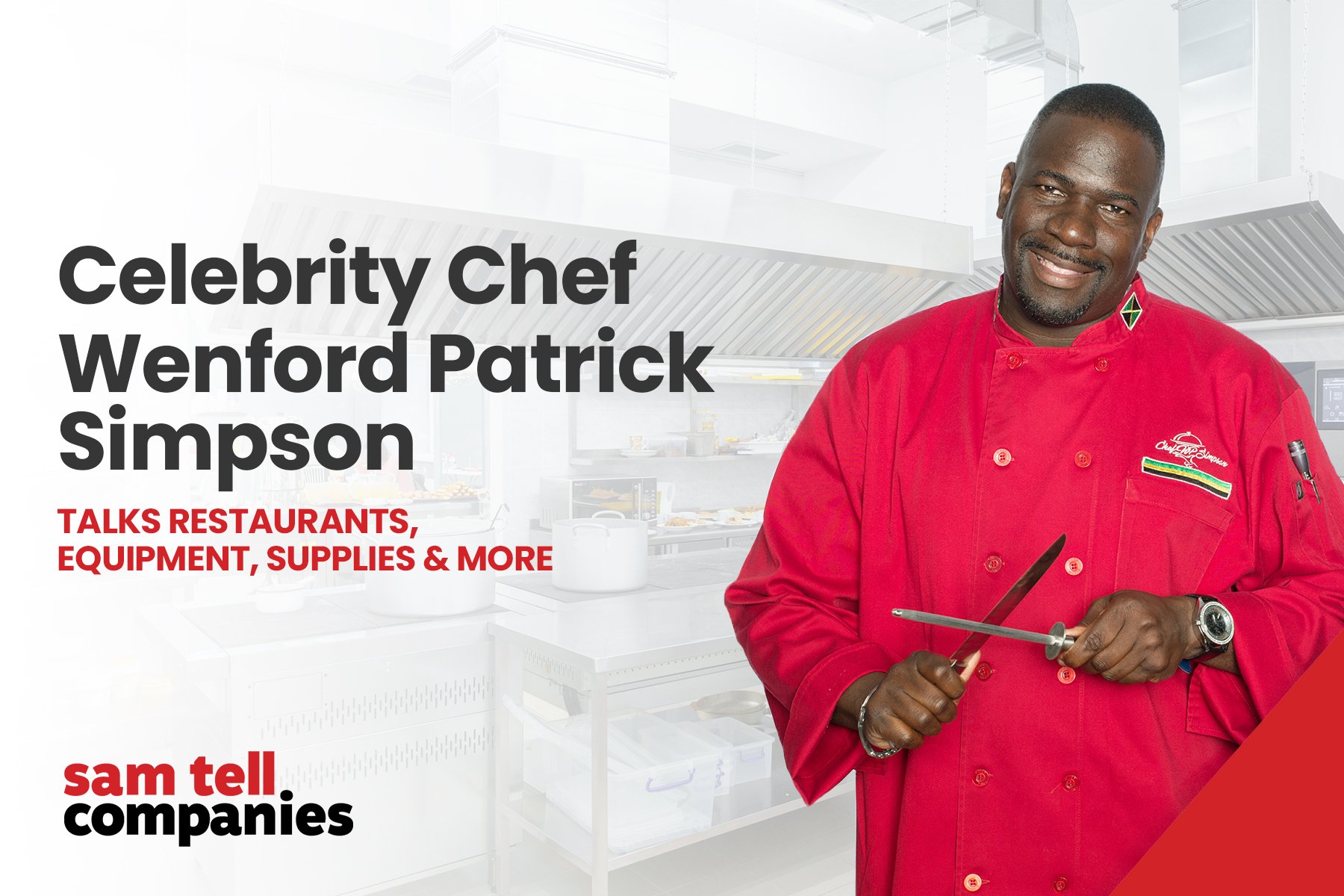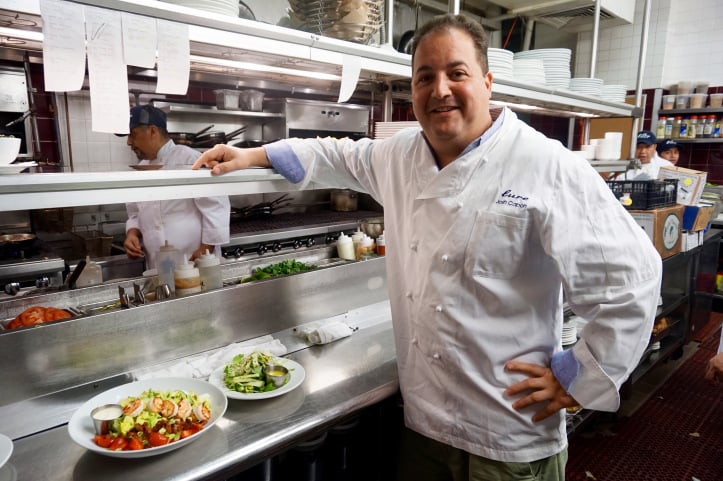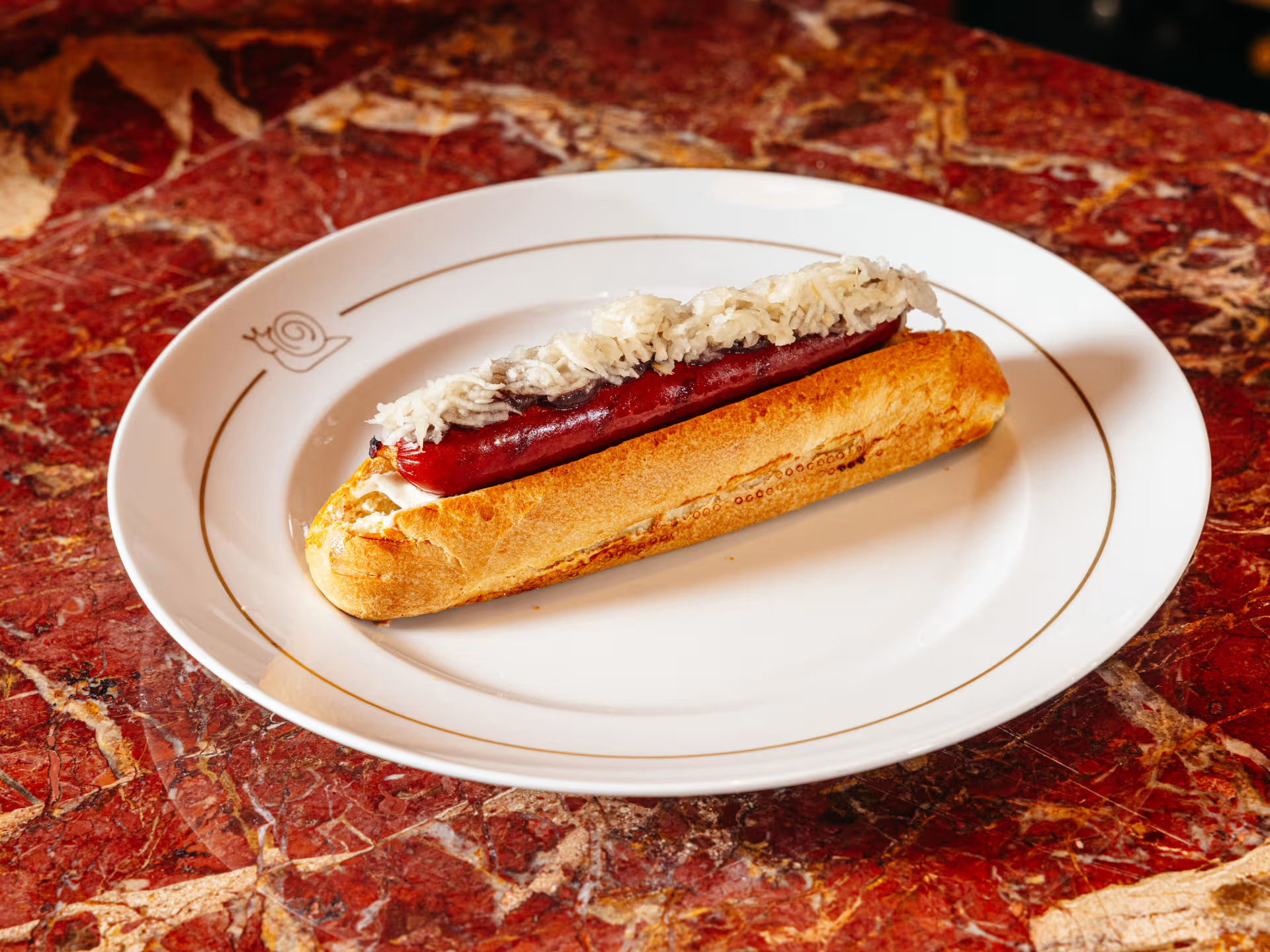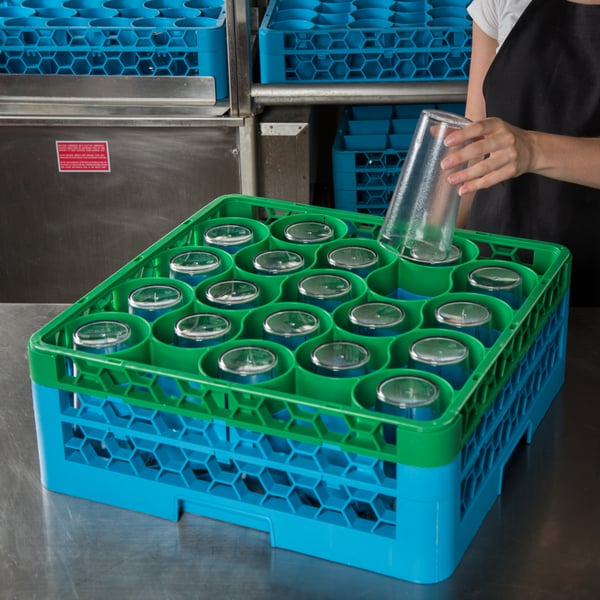Foodservice operations are as diverse as the cuisines they serve. Full-service, sit-down restaurants, food trucks, and drive-thrus, among others, all cater to the various needs, tastes and appetites of their customers—facilitated by customized kitchen layouts. Fast-casual restaurants are no exception.
Generally considered higher quality than fast-food (or quick-service) spots and boasting made-to-order fare and more expeditious service than table-service establishments, fast-casual restaurants have been growing in popularity in recent years, and don’t appear to be slowing down any time soon. To meet this ever-increasing demand, more and more are opening their doors—and each need a kitchen to service hungry customers.
Fast-casual restaurants are in many ways hybrids of its two closest relatives: fast-food and full-service, sit-down restaurants. As such, these eateries commonly incorporate elements from both, along with their own distinctive traits, to form a unique category of commercial kitchen design.
Opt for Assembly-Line Style
Commercial kitchens come in all shapes and sizes, but most fall into a handful of common layout philosophies. One is the assembly line. As its name suggests, these establish a strict order of operations that move along a highly organized path for most (if not all) orders.
The efficiency with which assembly-line-style kitchens produce large quantities of food, such as burgers, burritos and sandwiches, has already established this layout as a staple for fast-food joints, and is also proving to be a good fit for fast-casual restaurants.
Open Kitchens: Stylish & Effective
Open-style kitchens enable customers to watch their food being prepared. This trend isn’t just for fine-dining establishments, though. It's also a good option for fast casual concepts, and can yield measurable benefits for its operations.
In this day and age, patrons, particularly millennials, value transparency in their food. In addition to factors such as the exact ingredients going into their meals and where those ingredients come from, guests like to know how their food is being prepared and that it’s being done safely. This transparency can be achieved via an open kitchen, where guests are separated from staff by a counter or glass rather than an opaque wall. In addition to the visual appeal of this type of kitchen, studies suggest that when guests and chefs were able to see each other, customer satisfaction improved by nearly 20%.
Design for Delivery
Delivery has always been a facet of modern commercial foodservice, but with the rise of online ordering thanks to digital platforms such as DoorDash, Grubhub and Uber Eats, this aspect of eating out is expected to rise for years to come, especially for fast-casual concepts. Fast-casual restaurants should incorporate this trend into their kitchen design, as it becomes increasingly in-demand.
As the frequency of online take-out continues to rise for many fast-casual restaurants, so does the level of complexity to the kitchen’s operations, with some orders being prepared for the guests in the front of house (FoH), others miles away, and delivery staff coming in and out of the kitchen. To prevent these mounting complexities from negatively impacting the efficiency of the kitchen, many restaurants set specific flows of operations for delivery orders separate from in-house orders, so the comings and goings of delivery staff do not interrupt those preparing dishes for FoH guests.
Some restaurants take this a step further, even electing to set up a specific zone in the kitchen dedicated to preparing orders for delivery, when budget and space allow.
